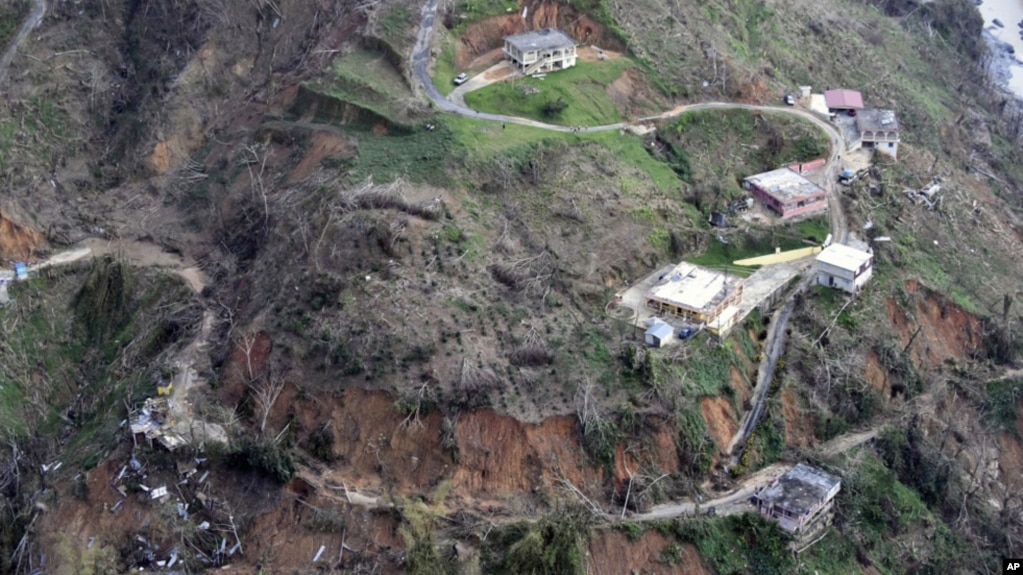GotZoom
Senior Member
DENVER Amid the unfolding disaster left by Hurricane Katrina, Colorado State University researchers said Friday they expect more storms than average over the next two months.
"Even though we've had the most destructive storm in history, it doesn't mean we're done for the year," hurricane forecaster William Gray said.
"We expect that by the time the 2005 hurricane season is over, we will witness seasonal tropical cyclone activity at near-recordce in October. The long-term average is 27 percent in September and 6 percent in October.
The CSU team predicted five named storms, four hurricanes and two major hurricanes for September, traditionally the most active month for hurricanes. They predicted three named storms, two hurricanes and one major hurricane in October.
The forecast was in line with the range predicted by the National Hurricane Center for the whole season. The center's forecast suggests five to eight named storms, five to seven hurricanes, and two to four major hurricanes will occur through November.
"He's the dean of this particular science," hurricane center spokesman Frank Lepore said of Gray.
The Atlantic hurricane season already has seen 13 named storms, including Maria, which formed Friday. Four storms became hurricanes, of which three were intense, with sustained winds of at least 111 mph. The average per season from 1950 to 2000 is 9.6 named storms, 5.9 hurricanes and 2.3 intense hurricanes.
"We've already had 110 percent of the average season through August, and you're only 40 percent of the way through the season," Gray said.
Before last year, three of 32 major hurricanes had made landfall since 1995. Since August 2004, five major hurricanes have hit land, including Katrina.
"We'll probably never see a storm have the influence that this one has. It's horrendous," Gray said.
The CSU team's August forecast called for five named storms, three hurricanes and one major hurricane. The National Weather Service recorded four named storms, with two hurricanes, including one major hurricane, spokesman Greg Romano said.
For the full season, Gray and Klotzbach's team expected 20 named storms, with 10 predicted to become hurricanes and six becoming intense hurricanes.
"Even though we've had the most destructive storm in history, it doesn't mean we're done for the year," hurricane forecaster William Gray said.
"We expect that by the time the 2005 hurricane season is over, we will witness seasonal tropical cyclone activity at near-recordce in October. The long-term average is 27 percent in September and 6 percent in October.
The CSU team predicted five named storms, four hurricanes and two major hurricanes for September, traditionally the most active month for hurricanes. They predicted three named storms, two hurricanes and one major hurricane in October.
The forecast was in line with the range predicted by the National Hurricane Center for the whole season. The center's forecast suggests five to eight named storms, five to seven hurricanes, and two to four major hurricanes will occur through November.
"He's the dean of this particular science," hurricane center spokesman Frank Lepore said of Gray.
The Atlantic hurricane season already has seen 13 named storms, including Maria, which formed Friday. Four storms became hurricanes, of which three were intense, with sustained winds of at least 111 mph. The average per season from 1950 to 2000 is 9.6 named storms, 5.9 hurricanes and 2.3 intense hurricanes.
"We've already had 110 percent of the average season through August, and you're only 40 percent of the way through the season," Gray said.
Before last year, three of 32 major hurricanes had made landfall since 1995. Since August 2004, five major hurricanes have hit land, including Katrina.
"We'll probably never see a storm have the influence that this one has. It's horrendous," Gray said.
The CSU team's August forecast called for five named storms, three hurricanes and one major hurricane. The National Weather Service recorded four named storms, with two hurricanes, including one major hurricane, spokesman Greg Romano said.
For the full season, Gray and Klotzbach's team expected 20 named storms, with 10 predicted to become hurricanes and six becoming intense hurricanes.



